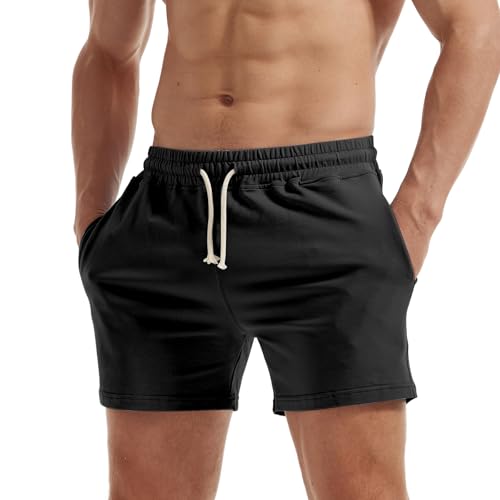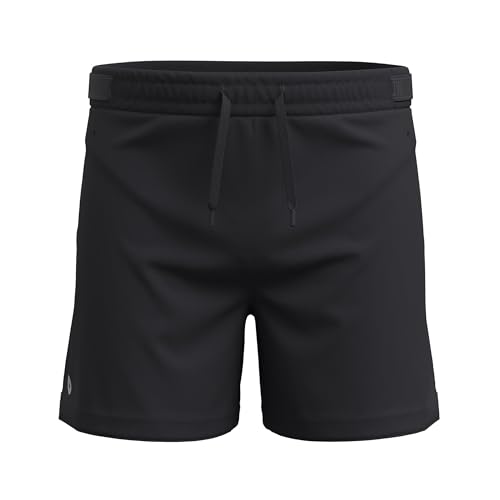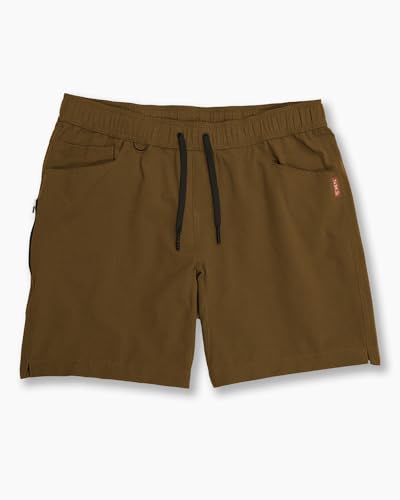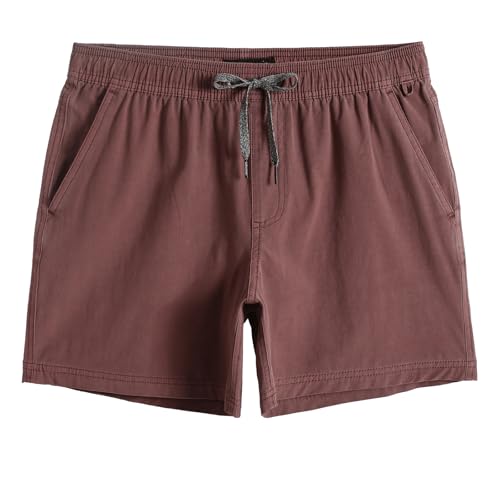Note: Some links in this post are affiliate links. That means if you pick something up through them, we may earn a small commission — at no extra cost to you. We only recommend gear and supplements we’d actually use ourselves.
If your workout shorts feel like you’re wearing a plastic bag and your sweat smells like last week’s leftovers, it’s time to switch to something more natural. Natural fibers (think cotton, merino, and hemp) can deliver performance, comfort, and a better after-smell. Below you’ll find the material pros and cons (with a little science), top picks by activity, and overall winners by fiber type.
Why Go Natural?
Natural fibers breathe better, tend to be more biodegradable, and usually feel gentler on skin. But they have trade-offs: some dry slowly or stretch less than synthetics. The trick is picking the right fiber for your sweat load and movement style.
Material Breakdown: Pros, Cons & Science
🐑 Merino Wool
- Pros: Natural odor resistance (wool discourages bacterial growth), decent moisture buffering, and breathable.
- Cons: Higher cost. Often blended with synthetics for stretch and durability. Pure merino is less abrasion-resistant.
- Science bit: Merino can absorb up to ~30% of its weight in moisture before feeling wet, yet still allow water vapor to escape (better than many cottons).
- Best uses: Running, multi-day travel, hiking when you want to skip washing.
🌱 Organic Cotton
- Pros: Soft, comfortable, affordable, and easy to source as 100% organic.
- Cons: Holds sweat like a sponge, dries slowly, becomes heavy when soaked.
- Best uses: Strength training, gym sessions, casual athletic wear.
🌿 Hemp (and hemp blends)
- Pros: Very durable, naturally breathable, antimicrobial tendencies, softens with use, strong UV and mildew resistance.
- Cons: Low stretch unless blended; heavier hand feel.
- Best uses: Hiking, hot-weather workouts, rugged use.
🌾 Linen & Nylon-Backed Blends
- Pros: Linen breathes like nothing else in heat; blends let you keep mostly natural while gaining stretch.
- Cons: Linen wrinkles, low stretch, limited durability in rough use.
- Best uses: Casual, walking, travel, light sport.
🎯 Natural-Forward Blends
When you see “~90% natural + 5–10% elastane/nylon,” that’s often the sweet spot. You retain natural feel and odor control while gaining fit, shape retention, and better stretch/drying behavior.
Top Natural Shorts by Activity
- Gym / Lifting: AIMPACT Mens Workout Shorts — 95% cotton and built for comfort.
- Running / Cardio: Smartwool Merino Sport Lined 5″ Shorts — merino’s odor resistance keeps you fresh in long miles.
- Hiking / Travel / Multi-day: KETL MTN Vent Lightweight Shorts — built to travel light and stay odor-free.
- Hot-weather / Casual / Outdoor: maamgic Men’s 5 inch Shorts — a strong hemp + cotton blend that breathes and lasts in heat.
Buying Checklist
- Fiber percentage — aim for ≥70% natural (cotton, wool, hemp).
- Match to your activity — heavy cardio → merino; weight room → cotton; hot outdoors → hemp.
- Check design details — liner, gusset, pockets, drawcord, stretch panel.
- Care matters — use cold washing, avoid high heat drying; merino & hemp reward good care.
Final Word
If you need one pair to do it all, a merino short with slight stretch is the top compromise: natural, breathable, odor-resistant.
If your life is in the gym or comfort zone, go for 100% organic cotton for softness and ease.
And if you live in heat or love nature, hemp blends could be your performance hero.







